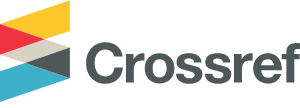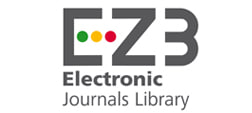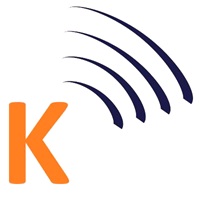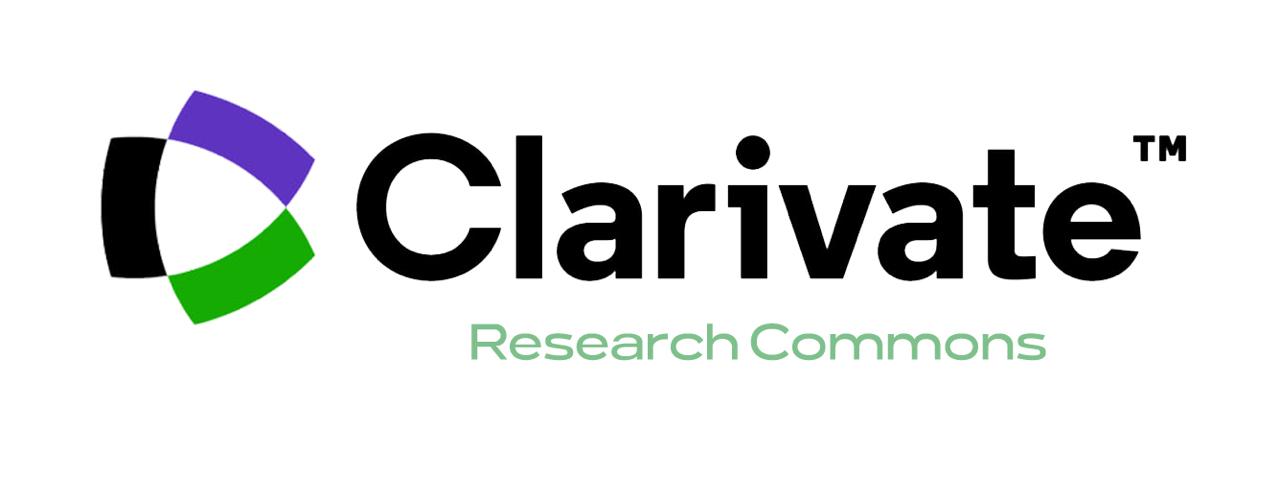Abstract
This study aims to convert chicken rice waste (CRW) to chars by hydrothermal carbonatization (HTC), pyrolysis (PY), and microwave irradiation (MW) processes. The operating parameters affecting the HTC process (range of temperatures 120, 140, 160, 180, and 200 °C) for hydro-char production, while the pyrolysis (range of temperatures 400, 500, 600, and 700 °C) for pyro-char production, and microwave irradiation (range of microwave power 200, 400, 600, and 800 W) for micro-char production were investigated. Comparative studies of the physicochemical properties of produced chars were investigated by Brunauer-Emmett-Teller (BET), X-ray diffraction (XRD), Fourier transform infrared (FTIR), and scanning electron microscope (SEM). The results showed that the hydro-char produced by the HTC process at a temperature of 200 °C achieved the optimal solid yield (62.5 %), while the pyro-char produced by the PY process at a temperature of 700 °C achieved the optimal solid yield (37.18 %), and the micro-char produced via microwave irradiation process at a microwave power of 800 W achieved the optimal solid yield (37.18 %). The BET surface area of CRW, HTC200, PY700, and MW800 are 0.19 m2/g, 1.22 m2/g, 68.98 m2/g, and 0.19 m2/g, respectively. The results of the current study clarified that the chars produced from CRW during HTC, PY, and MW techniques could be used for energy production and wastewater treatment. As well as recommendations, this study needs to be sustained by doing some descriptions such as high heating value (HHV).
Recommended Citation
Abdulqader, Mahmod A.; Suliman, Muhammad Akromin; Ahmed, Tabit Abas; Wu, Ruihong; Bobaker, Aiman. M.; Tiyasha, Tiyasha; Yassin, Mohamed A.; and Al-Areeq, Nabil
(2024),
Conversion of Chicken Rice Waste into Char via Hydrothermal, Pyrolysis, and Microwave Carbonization Processes: A Comparative Study,
AUIQ Complementary Biological System: Vol. 1:
Iss.
1, 1-9.
DOI: https://doi.org/10.70176/3007-973X.1003
Available at:
https://acbs.alayen.edu.iq/journal/vol1/iss1/1
Digital Object Identifier (DOI)
10.70176/3007-973X.1003




















Follow us: